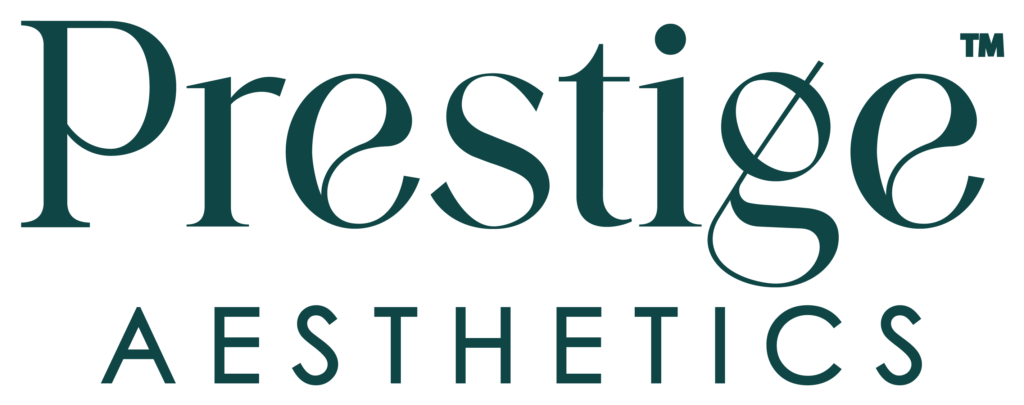Laser hair removal has become one of the most sought-after cosmetic treatments, offering a long-lasting solution to the age-old challenge of unwanted hair. With the promise of smooth, hair-free skin and the convenience of ditching razors and waxing appointments, it’s no surprise that many people are eager to learn more about the laser hair removal procedure.
In this guide, we’ll break down exactly how this advanced technique works, ensuring you understand each step and its benefits.
What Is Laser Hair Removal?
Laser hair removal is a cosmetic procedure designed to reduce or eliminate hair growth over time. It works by using highly concentrated beams of light to target hair follicles. The laser’s light is absorbed by the pigment (melanin) in the hair, heating and disabling the follicle’s ability to produce new hair.
Unlike temporary methods such as shaving, waxing, or threading, laser hair removal offers a more permanent solution. With advancements in technology, this procedure is now effective for a wide variety of skin tones and hair types, making it a popular choice for millions worldwide.
Step-by-Step Guide to the Laser Hair Removal Procedure
Step 1: Consultation and Skin Assessment
The first step of the laser hair removal procedure is a consultation with a licensed specialist. This session is crucial for determining whether you’re a suitable candidate for the procedure and customizing the treatment to your unique needs.
- Skin and Hair Analysis: During this step, the specialist evaluates your skin type, hair color, and hair texture. These factors determine the appropriate laser settings and technology.
- Discussing Goals: You’ll discuss the areas you want treated, the results you’re hoping for, and how many sessions may be necessary for optimal outcomes.
- Medical History Review: Certain conditions or medications might affect your eligibility for laser hair removal, so full disclosure is essential.
If you are looking for reliable laser hair removal services you can do that in just a few clicks. Just click on the following link of Prestige Aesthetic and start right away.
Step 2: Preparing for Your Laser Hair Removal Treatment
Proper preparation is key to achieving the best results from your laser hair removal procedure. Here’s what you should do in the days and weeks leading up to your appointment:
- Shave the Area: Shaving the treatment area 24-48 hours before your session ensures the laser focuses on the hair follicle beneath the skin.
- Avoid Plucking or Waxing: These methods remove the hair root, which the laser needs to target effectively. Stop plucking and waxing at least 4-6 weeks before treatment.
- Limit Sun Exposure: Avoid tanning or direct sunlight in the area for at least two weeks prior, as this can increase the risk of side effects.
- Skip Harsh Products: Refrain from using retinoids, exfoliants, or other irritants on the skin for several days before your session.
Step 3: What Happens During the Laser Hair Removal Procedure
When it’s time for your appointment, the laser hair removal process is straightforward and relatively quick:
- Protective Measures: Both you and the technician will wear protective eyewear to shield your eyes from the laser light.
- Skin Preparation: A cooling gel or device may be applied to enhance comfort and protect your skin from heat.
- Laser Application: Using a handheld device, the technician delivers precise laser pulses to the treatment area. These pulses may feel like a mild snap or sting, but the discomfort is minimal for most people.
- Session Duration: Small areas like the chin or underarms can take just a few minutes, while larger areas like the back or legs may take up to an hour.
Step 4: Aftercare for Laser Hair Removal
Post-treatment care is essential to ensure your skin heals properly and you get the most out of your laser hair removal sessions. Here’s what to do:
- Soothe with Aloe Vera: Apply aloe vera or a calming cream to reduce redness or irritation.
- Avoid Heat: Steer clear of hot showers, saunas, and workouts for 24-48 hours.
- Use Sunscreen: Protect treated areas with a broad-spectrum sunscreen to prevent pigmentation changes.
- Stay Hydrated: Moisturize your skin regularly to promote healing and reduce sensitivity.
Step 5: Follow-Up Appointments
Hair grows in cycles, and lasers are most effective during the active growth phase (anagen phase). For this reason, multiple sessions are required.
Most people need 6-8 treatments spaced 4-6 weeks apart to achieve the best results. Maintenance sessions may be recommended annually or biannually to address any regrowth.
Benefits of Following The Laser Hair Removal Procedure
The advantages of laser hair removal go beyond just smooth skin. If you do it by following the proper procedure then you can get the best results for it. Here are some key benefits:
- Long-Term Hair Reduction: Many individuals experience a significant reduction in hair growth after completing their sessions.
- Precision: Lasers specifically target hair follicles, leaving the surrounding skin unharmed.
- Efficiency: A single session can cover multiple areas quickly, making it ideal for those with busy schedules.
- Cost-Effective: Over time, it’s more economical compared to the recurring costs of waxing or buying razors.
- Convenience: No more daily shaving or bi-weekly waxing appointments.
Are You a Good Candidate for Laser Hair Removal?
While laser hair removal works best on individuals with a stark contrast between their skin tone and hair color (e.g., light skin and dark hair), new technologies have broadened its effectiveness.
For example, Nd: YAG lasers are suitable for darker skin tones, while diode lasers work well for medium to light skin tones.
If you have blonde, gray, or very light hair, you may need alternative treatments, as these lack sufficient pigment for the laser to target effectively. A consultation with a professional is the best way to determine if laser hair removal is right for you.
Potential Side Effects and Risks
Although laser hair removal is safe when performed by trained professionals, it’s important to be aware of potential side effects:
- Mild Redness and Swelling: Common and temporary, usually resolving within hours.
- Pigmentation Changes: Some individuals may experience temporary lightening or darkening of the skin.
- Rare Risks: Burns, scarring, or texture changes are rare but can occur if the procedure is done incorrectly.
Choosing a qualified provider significantly minimizes these risks.
Conclusion
Laser hair removal procedure has revolutionized the way we approach unwanted hair. From precise targeting to long-term convenience, it’s no wonder this treatment has become a go-to solution for people around the globe. With proper preparation, skilled technicians, and diligent aftercare, you can enjoy smooth, hair-free skin that lasts.
Ready to take the plunge? Consult with a certified professional today and discover the life-changing benefits of laser hair removal. Say goodbye to razors and waxing strips and hello to a simpler, more confident you!
FAQs
What hair removal method is best?
The best hair removal method depends on your needs, but laser hair removal is often considered the most effective for long-term results. Unlike waxing or shaving, which are temporary, laser treatments target hair follicles to reduce regrowth. This makes it a convenient and efficient choice for many.
Which treatment is best for hair removal?
Laser hair removal is widely regarded as the best treatment for hair removal, especially for long-lasting results. It’s precise, fast, and effective on a variety of skin and hair types. While methods like waxing and electrolysis have their advantages, laser technology provides the best combination of comfort and efficacy.
What is the best procedure for permanent hair removal?
For permanent hair removal, electrolysis is FDA-approved as the most reliable method. However, laser hair removal is a close second, offering semi-permanent to permanent results with less discomfort and fewer sessions. Advanced laser technology has made it a preferred option for large and small areas alike.
What are the steps of hair removal?
The steps of hair removal depend on the method, but for laser hair removal, it includes consultation, preparation (like shaving), the laser treatment itself, and post-treatment care. Each session targets active hair follicles, and multiple treatments are needed for optimal results. Proper aftercare ensures smoother, longer-lasting outcomes





